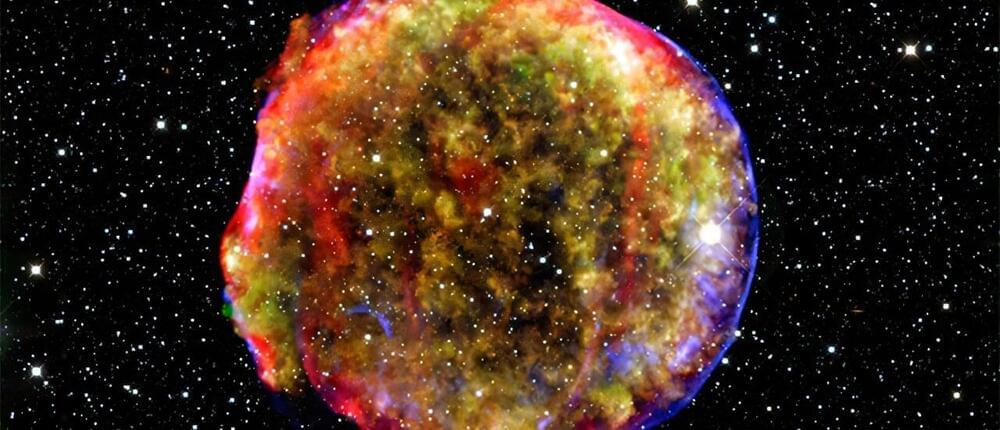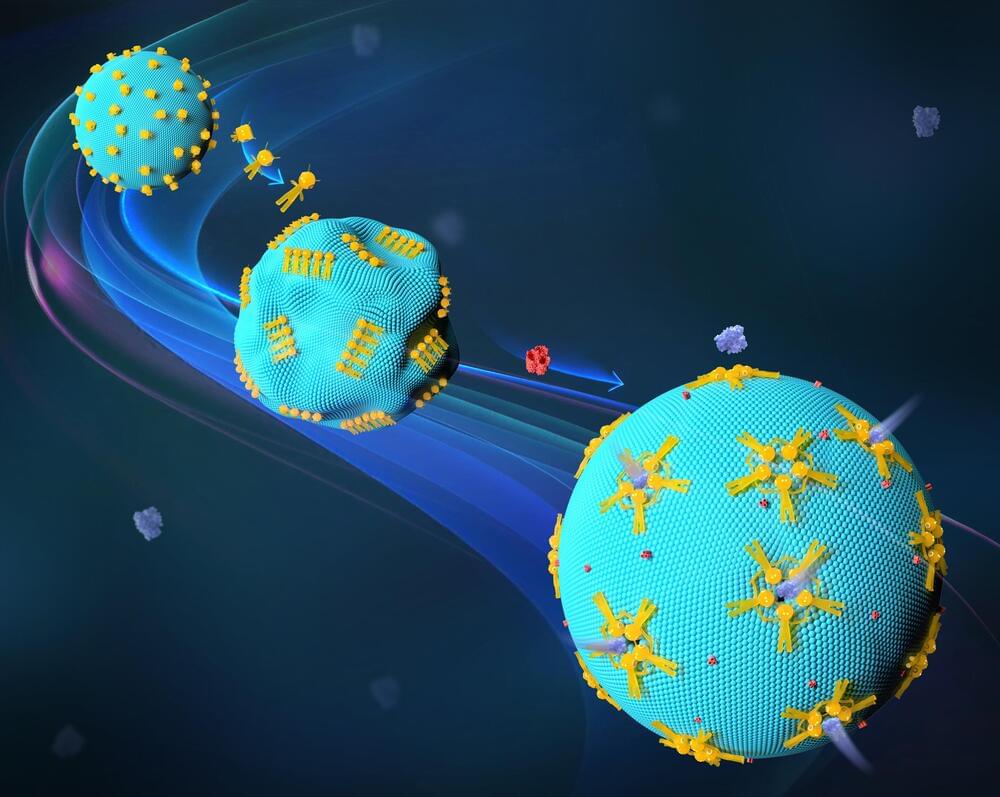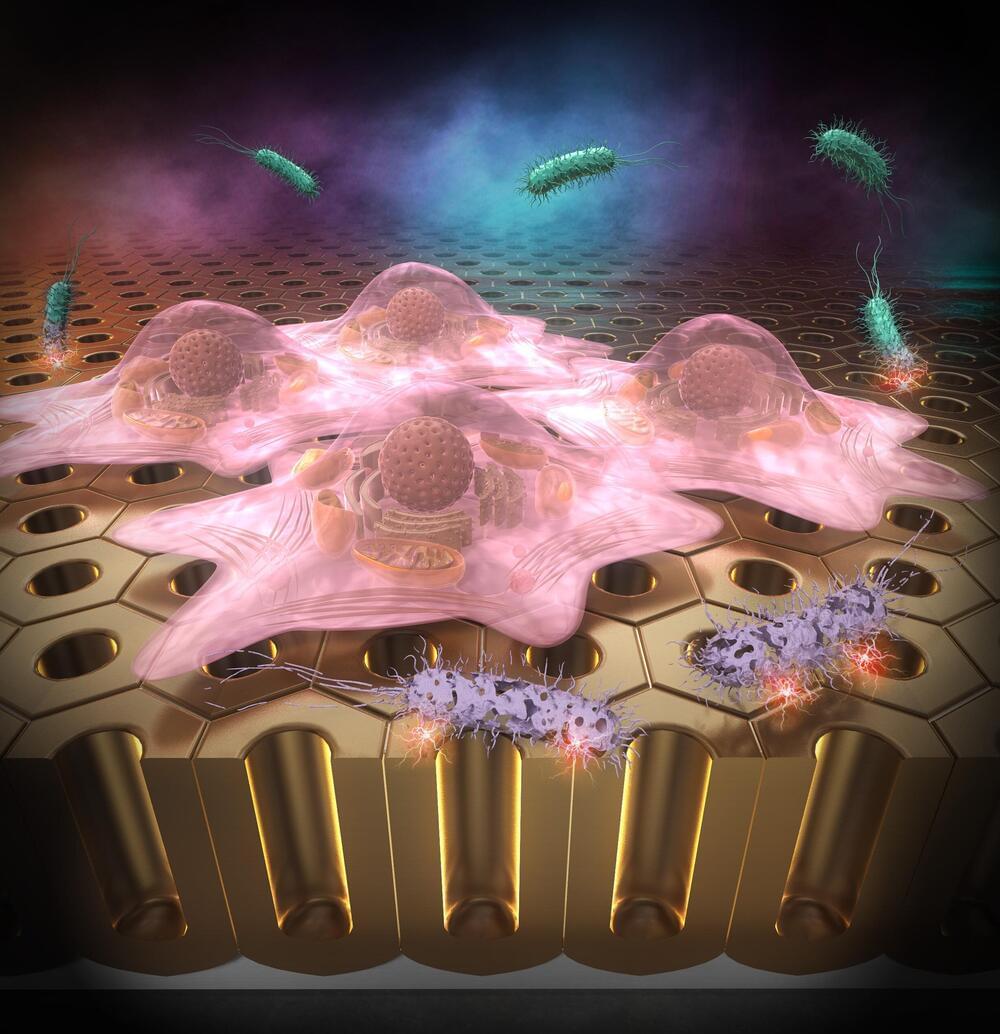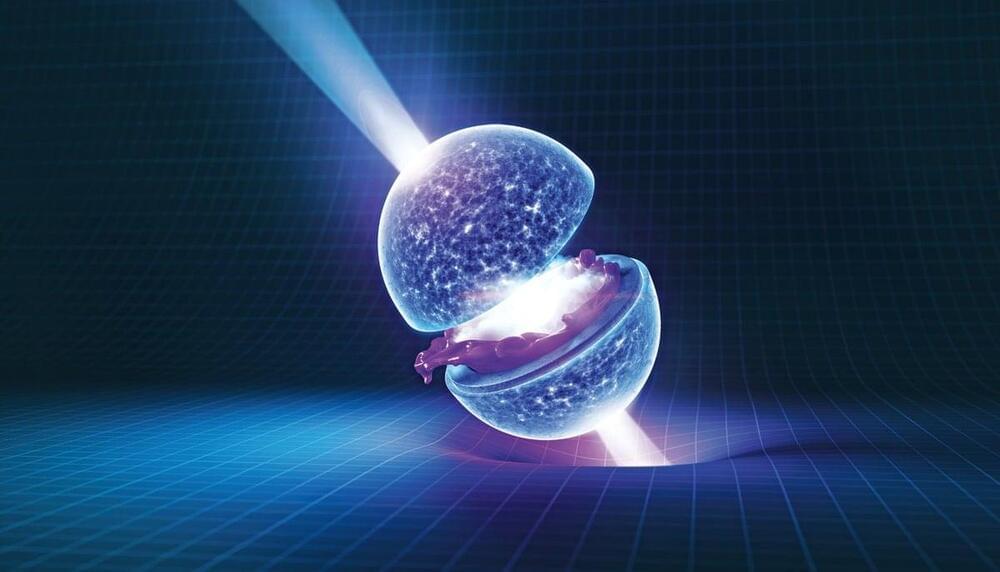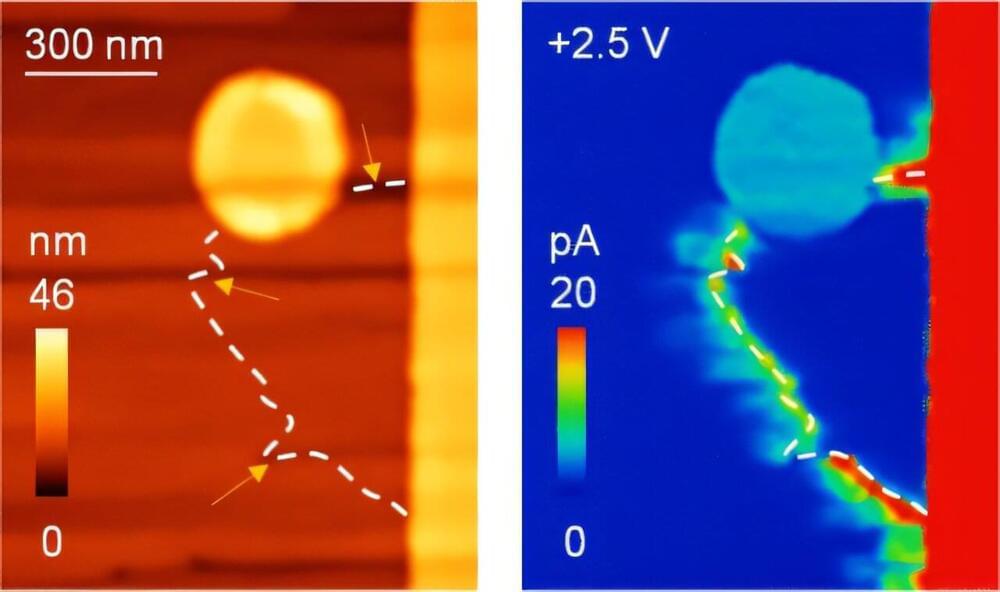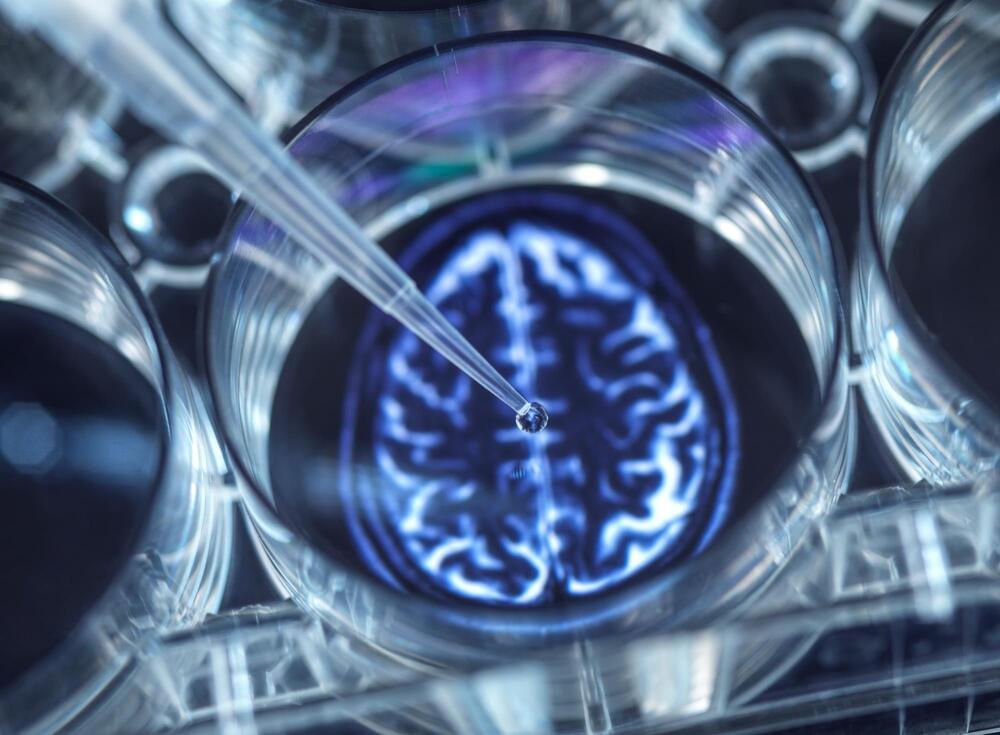
The once shiny, exciting use cases for quantum technology may turn out to be pretty mundane if a small, but courageous band of researchers proves their theories correct. After all, using quantum computers to find new drug treatments, navigate the world without global positioning systems, and optimize complex portfolios may seem downright boring compared to using them to explore the myriad of questions that surround the hard problems of consciousness. Questions like: what the heck even is consciousness — and, does it have a connection to quantum mechanics? And, can quantum computing help make robots conscious — and should we make them conscious?
Tough questions, for sure, but here we’ll introduce a few researchers and entrepreneurs who are heading in that direction right now and leaning into what might turn out to be the ultimate quantum computing use case of all time: consciousness.
Hartmut Neven, a physicist and computational neuroscientist leading Google’s Quantum Artificial Intelligence Lab, believes quantum computing could help explore consciousness. Speaking to New Scientist, Neven outlined experiments and theories suggesting consciousness might emerge from quantum phenomena, such as entanglement and superposition, within the human brain. He proposes leveraging quantum computers to test these ideas, potentially expanding our understanding of how the mind interacts with the physical world.



